Outer Space & Universe
Outer Space & Universe
Space, also known as outer space, is the near-vacuum between celestial bodies. It is where everything (all of the planets, stars, galaxies and other objects) is found.
On Earth, space begins at the Kármán line (100 km above sea level). This is where Earth's atmosphere is said to stop and outer space begins. This is not a firm boundary but is a convention used by scientists and diplomats.
Items in space are free to move back and forth; up and down; and left and right. These three dimensions are what make 3D space. Items also move forward through time, which is sometimes called the fourth dimension.
The majority of space contains very little matter and so most of it is a vacuum. Scientists do not know how big space is but we do know that space is extremely big, and is always expanding.
According to the big bang theory, all matter and energy in the Universe was compressed into a very small space. Then it exploded and started expanding. Space is still growing in size today; this means the distance from one galaxy to distant galaxies is getting longer.
Gravity is the force that keeps the Moon in orbit around the Earth and the planets in orbit around the Sun. Gravity can stretch and bend space similar to how a heavy ball placed on a stretched sheet of rubber will cause the rubber to stretch. The scientist who discovered that space can bend is named Albert Einstein. How gravity bends space is part of his theory of general relativity.
Astronauts, Cosmonauts, Taikonauts and Spationauts
An astronaut is any person who is trained by NASA to travel and perform tasks in space. Although the space traveler may not necessarily be a United States citizen, each astronaut does go through a rigorous training regiment by the National Aeronautics and Space Administration. Other space travelers go by other names then astronaut depending on their country of origin.
In the United States, astronaut is derived from the Greek words ástron (star) and nautis (sailor). While, in Russia, a space traveler goes by the name космонавт (English: cosmonaut), which is derived from the Greek words kosmos (universe) and nautis (sailor). Westerners call a space traveler from China a taikonaut, based on the 1998 writings of Chiew Lee Yik and Chen Lan where the term tàikōng (great emptiness), Chinese for “space”. In China, the term yuháng yuán (universe navigator) is used for space traveler.
Only the United States of America (United States), Russia (earlier, the Union of Soviet Socialist Republics), and the People’s Republic of China (China) have sent manned spacecraft into space. Other countries have assisted these countries by sending their own space travelers on space missions. For instance, a French space traveler is called a spationaut (from the French word spationaute), which is derived from the Latin spatium (space) and Greek nautis (sailor). (plural in Greek nautes = sailors)
-
01:55
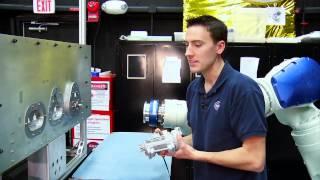
Dangerous Propellents Tested for Robotic Satellite Refueling | Ground Test Video
Added 16.7k Views / 0 LikesUpcoming tele-operations test - Remote Robotic Oxidizer Transfer Test (RROxiTT) robot at the Kennedy Space Center will be controlled by engineers at the Goddard Space Center. A corrosive toxic liquid fuel (NTO) will be pumped into a mock satellite.
-
01:17
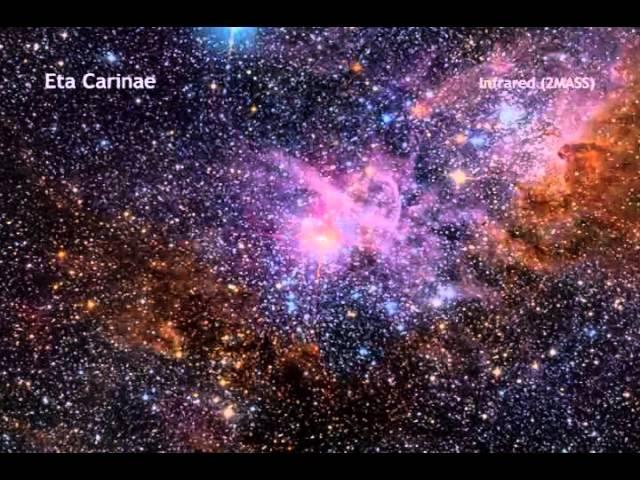
X-Rays Reveal Interactions Between Eta Carinae Stars | Video
Added 4,778 Views / 2 LikesX-Rays Reveal Interactions Between Eta Carinae Stars | Video
-
09:41

Real 'Death Star' Fires High-Energy Particle Beam At Sister Star | Video
Added 4,306 Views / 0 LikesA rare black widow binary star system consists of one of heaviest neutrons stars (~2X Sun Mass) known and a small companion star (12X Jupiter Mass) in the tightest orbit ever seen. High-energy particles from the former are obliterating its companion.
-
06:54
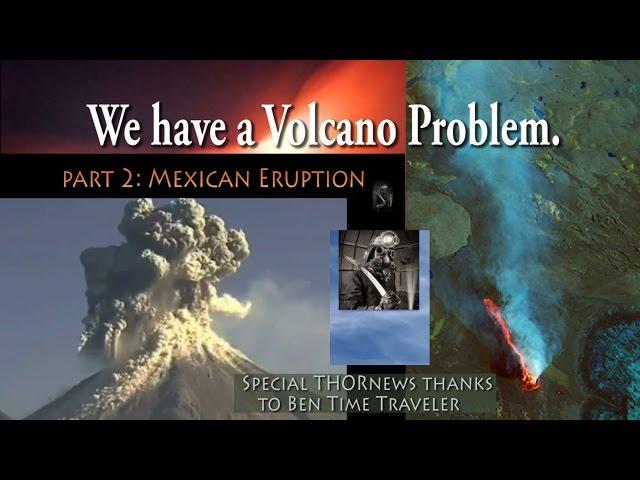
Mexican Eruption: We have a Volcano Problem pt. 2 - Fire, Ice & Ash
Added 2,282 Views / 0 LikesMexican Eruption: We have a Volcano Problem pt. 2 - Fire, Ice & Ash
-
00:49
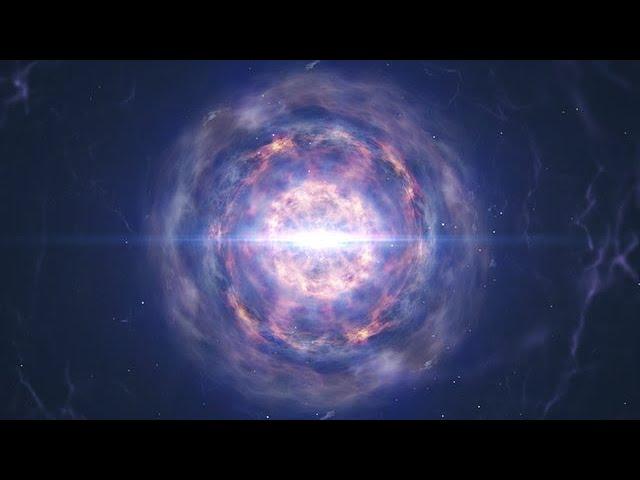
Neutron star merger animation ending with kilonova explosion
Added 1,935 Views / 2 LikesNeutron star merger animation ending with kilonova explosion
-
05:27
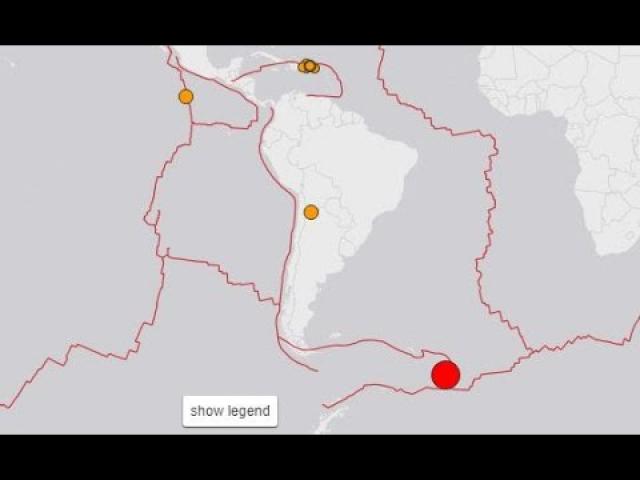
7.3 Earthquake South Sandwich Islands
Added 1,674 Views / 2 LikesNailed it. God bless Everyone,Thttps://www.paypal.me/THORnews@newTHOR on twitterhttps://www.facebook.com/thornewsgoTshirtshttps://hitthebuttonbaby.com/
-
01:11
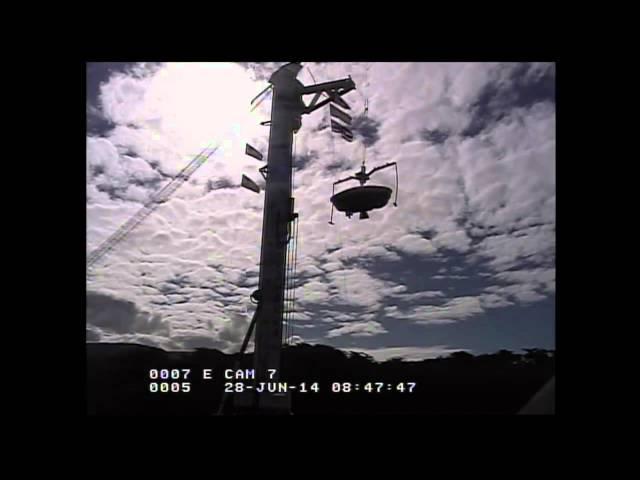
NASA's 'Flying Saucer' Test - Launch and Powered Flight | Video
Added 1,580 Views / 0 LikesNASA's 'Flying Saucer' Test - Launch and Powered Flight | Video
-
01:58

Andromeda and Milky Way Slow Dance to Merger | Animation
Added 1,566 Views / 0 LikesAndromeda and Milky Way Slow Dance to Merger | Animation
-
01:17
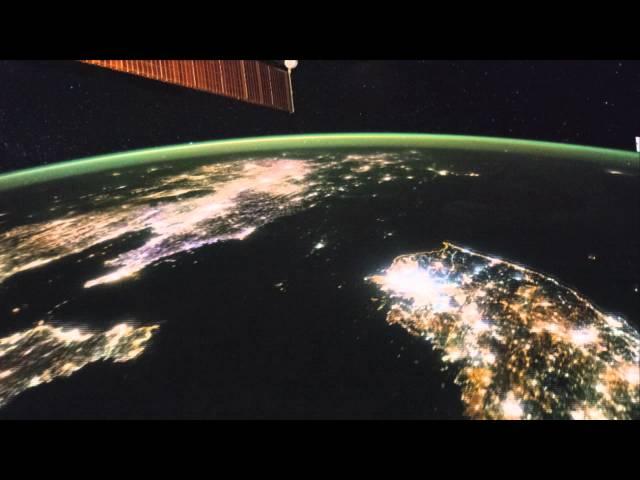
North Korea Looks Strangely Dark From Space In Asia Fly-Over | Video
Added 1,519 Views / 0 LikesNorth Korea Looks Strangely Dark From Space In Asia Fly-Over | Video
-
00:31
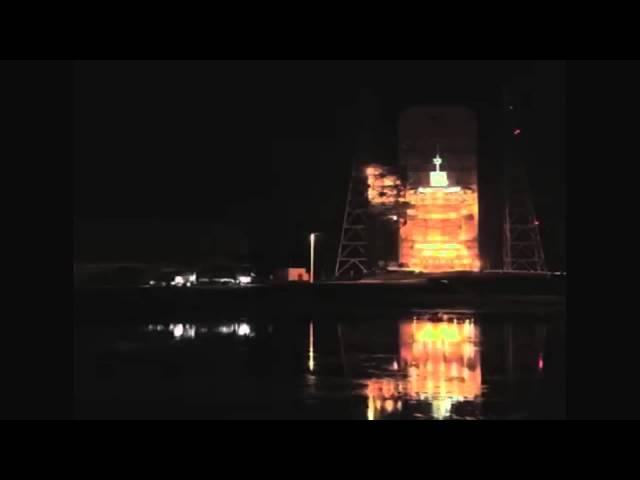
Orion Test Flight - Delta 4 Heavy Rocket Rolls Out | Time-Lapse Video
Added 1,484 Views / 0 LikesOrion Test Flight - Delta 4 Heavy Rocket Rolls Out | Time-Lapse Video
-
01:00
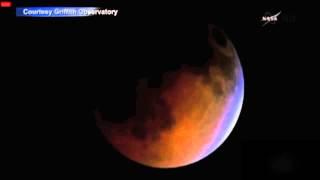
Moon Turns Blood Red - Lunar Eclipse Time-Lapse Video
Added 1,374 Views / 0 LikesGriffith Observatory in Los Angeles, CA captured this time lapse imagery of the 'Blood Moon' lunar eclipse, from moments before Earth completely blocked the Moon's view of the Sun until full totality when the moon is fully bathed in 'umbral shadow.' Video
-
08:15

Splashdown! Orion Lands In Pacific Ocean After Picture Perfect Flight | Video
Added 1,346 Views / 0 LikesSplashdown! Orion Lands In Pacific Ocean After Picture Perfect Flight | Video
-
21:48
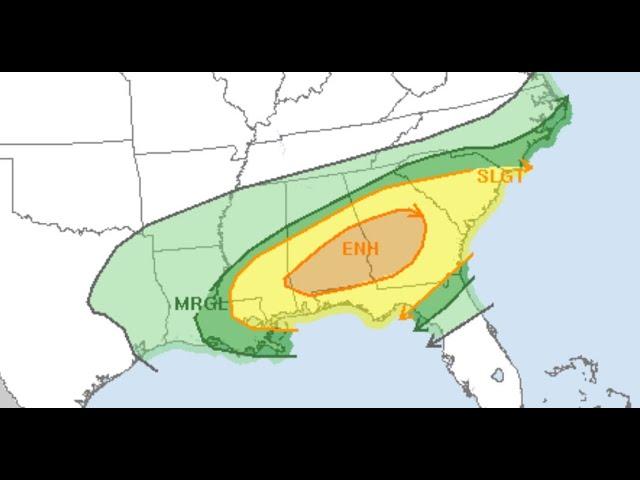
Tornadoes & River Flooding for Southeast today & Snow Sleet NE + Stormy March
Added 1,332 Views / 0 LikesI need a miracle.God bless everyone,Thttps://www.paypal.me/THORnews@newTHOR on twitterhttps://www.facebook.com/thornewsgoTshirtshttps://hitthebuttonbaby.com/the crankywxguy bloghttp://www.stormhamster.com/entry/e030319.htmmike's weather pagehttp://www.spa
-
01:07

Volcano eruption seen from space by multiple satellites
Added 1,286 Views / 0 LikesThe Hunga Tonga-Hunga Ha'apai volcano in the South Pacific Kingdom of Tonga erupted on Jan. 13, 2022. NOAA’s GOES West and the Himawari-8 satellites captured imagery. Credit: Space.com | footage courtesy: NOAA/CIRA/Japan Meteorological Agency | produced &
-
08:26
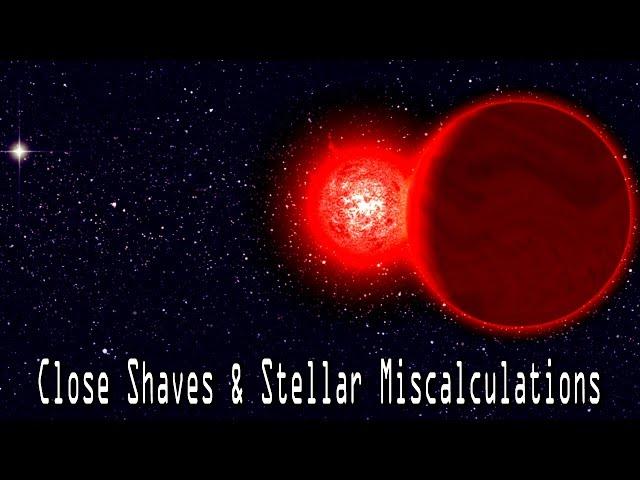
Binary Stars whizzed passed our Solar System. When?
Added 1,243 Views / 0 LikesBinary Stars whizzed passed our Solar System. When?
-
05:19
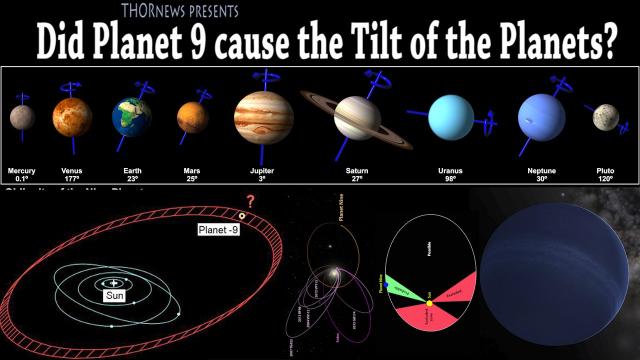
Did Planet 9 TILT the entire Solar System?
Added 1,177 Views / 0 LikesDid Planet 9 TILT the entire Solar System?
-
03:26
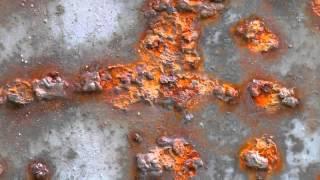
Clean-Burning 'Fire Water' Tested On Space Station | Video
Added 1,150 Views / 0 LikesAstronauts have been experimenting with supercritical water that can aid ignition of fire in microgravity. It has down to Earth applications for municipal waste disposal and saltwater purification. Fire Burns Differently in Space, read more here: http://g
-
01:12
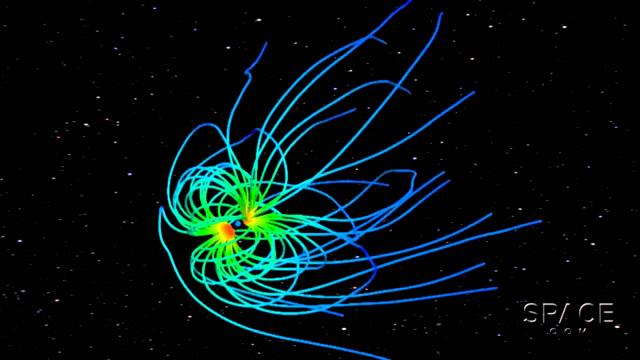
Neptune's Spidery, Swirly Magnetic Field Finally Understood | Video
Added 1,124 Views / 0 LikesNeptune's Spidery, Swirly Magnetic Field Finally Understood | Video
-
02:01
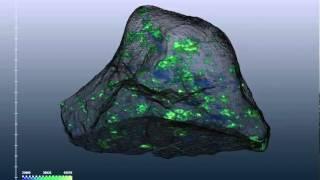
Chelyabinsk Meteor Fragment X-Ray Reveals Composition | Video
Added 1,123 Views / 0 LikesA .53 gram fragment of the meteor that stunned the world in February 2013 was imaged using X-ray tomography. It is an LL chondrite type meteor.

